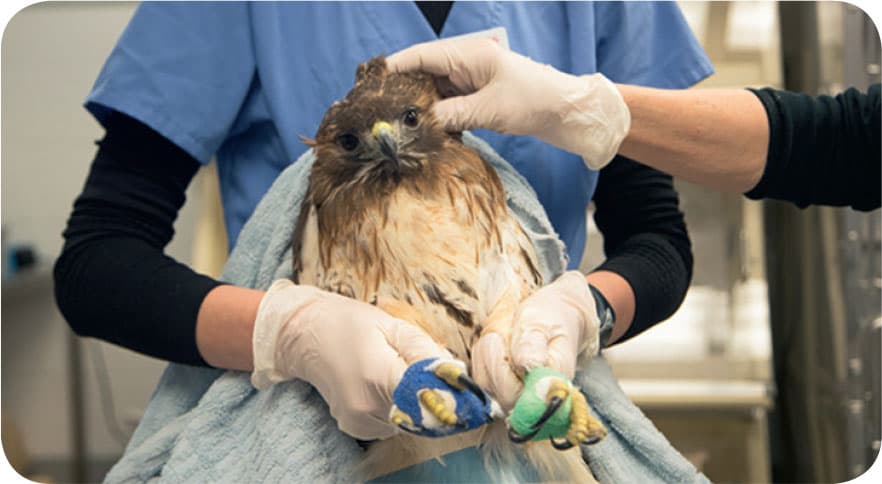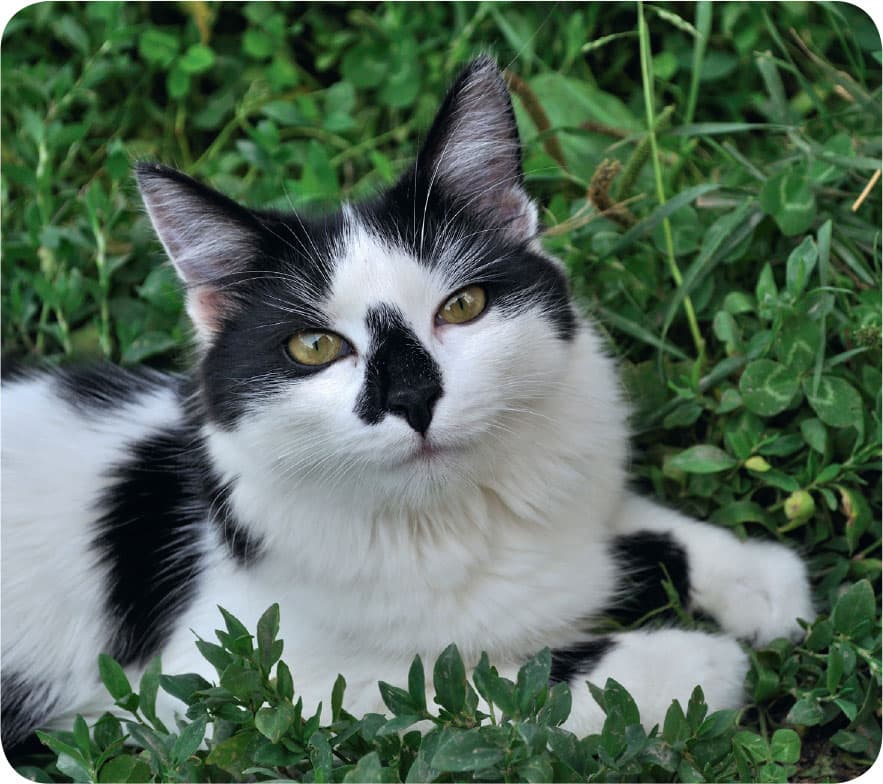ACKNOWLEDGMENTS
We thank the Hog Island Audubon Camp instructors and bird educators everywhere who provided ideas and suggested activities to open up the world of birds, both to grownups and to the children in their lives. We also are indebted to bird photographers. May your perfect images inspire readers to pursue their own birding adventures. And to the teachers in our lives who shared their love and knowledge of birds: thank you, always.
APPENDIX
Learn More & Get Involved!
In the late 1800s and early 1900s, U.S. birds suffered from overhunting. Massive numbers were killed simply for their feathers, which were mostly used to decorate womens hats. Birds such as the Great Egret nearly went extinct. Long breeding plumes from the back of this beautiful white wading bird were highly prized.
Outraged by the slaughter, early Audubon groups worked for better laws. The result? The 1918 Migratory Bird Treaty Act. This law, which banned the killing of migratory birds, has since saved billions of birds, including entire species.
Great Egret populations bounced back after the law was passed. Today this bird is a conservation success story and its the symbol of the National Audubon Society.
Wild birds still need our help today. Living with humans is a challenge for them in many ways. A 2019 study in the journal Science found great losses even among common birds like blackbirds, finches, sparrows, and swallows over the past 50 years. The study raises concerns about the health of bird populations. In the pages that follow, youll find some ways we can work together to make our modern world more bird-friendly.
REDUCING BIRD DANGERS
CLIMATE CHANGE
Greenhouse gases are building up in the Earths atmosphere. They are making the Earth warmer. A warmer planet affects birds by changing their habitats, food sources, and migration. Help birds out by learning more about climate change and sharing this knowledge with your friends, parents, and teachers. Youll find there are many things you can do, such as recycling and using less plastic. You can also help birds deal with climate change by planting bird-friendly plants (see ).
LEAD-POISONED BIRDS
As many as 3 million U.S. birds die from lead poisoning each year. This happens when loons ingest lead fishing weights, for example, or raptors feed on the remains of a deer killed with a lead bullet. Lead-poisoned birds become too weak to fly or feed themselves. A single bullet fragment can kill a Bald Eagle! You can help:
 Promote nontoxic ammunition (e.g., copper bullets) and non-lead fishing tackle.
Promote nontoxic ammunition (e.g., copper bullets) and non-lead fishing tackle.
 Write letters to lawmakers supporting the phasing out of lead products.
Write letters to lawmakers supporting the phasing out of lead products.
 Donate to wildlife hospitals where lead-poisoned animals receive treatment.
Donate to wildlife hospitals where lead-poisoned animals receive treatment.
This Red-tailed Hawk had fed on a deer carcass containing lead bullet shards. Nicknamed Ledbelly, he required months of rehabilitation for lead poisoning at Cornells Swanson Wildlife Health Center in Ithaca, New York.
PLASTIC TRASH
Think about plastic items we often use once and then throw away: cups, straws, utensils, grocery bags, and more. Like all plastics, single-use plastic lasts for centuries in the environment. Most ends up in the ocean. Meanwhile, discarded six-pack rings and fishing line can strangle birds. And eating plastic bits can starve or hurt them. You can help:
 Reduce, reuse, recycle, or refuse single-use plastics whenever you can.
Reduce, reuse, recycle, or refuse single-use plastics whenever you can.
 Use cloth grocery bags, reusable water bottles, and metal mugs and utensils.
Use cloth grocery bags, reusable water bottles, and metal mugs and utensils.
 Never release balloons outdoors.
Never release balloons outdoors.
 Tell others about the dangers of plastics; and participate in beach and roadside clean-ups.
Tell others about the dangers of plastics; and participate in beach and roadside clean-ups.
WINDOW STRIKES
Millions of birds die every year from crashing into windows. They cant tell the difference between reflected sky and real sky. Screened windows are safestbirds bounce off! Bird feeders should be placed either less than 3' (1 m) or more than 30' (9 m) away from windows. Another remedy: Apply tempera paint or non-transparent tape in vertical stripes to outside window surfaces (" [3 mm] wide, and less than 4" [10 cm] apart). For bird tape and other solutions, visit abcbirds.org/get-involved/bird-smart-glass.
LIGHTS OUT
Most birds migrate by night, using the moon and stars to navigate. Flying over bright city lights confuses them. An estimated billion migrating birds die each year from crashing into buildings. Lights Out programs ask building managers to turn off unnecessary lights during migration, saving birdsand energy costs, too. Visit www.audubon.org/conservation/project/lights-out.
CATS INDOORS!
Outdoor cats kill an estimated 2.4 billionor one in tennative U.S. birds each year. Nesting and migratory birds are most at risk. Bird groups and humane societies alike recommend keeping cats indoors, both for the birds safety and the cats well-being. Indoor cats avoid harmful outdoor threats such as fleas, ticks, rabies, cat fights, poisonous chemicals, aggressive dogs and other predators, and especially cars. If you give your cats toys, catnip, places to climb and scratch, clean litter boxes, and lots of attention, they can live long, happy lives indoors.
But if your cat is as eager to go out as you are to keep her in, an outdoor enclosure, or catio, can be a good compromise. An enclosure can be as simple as a screened-in porch. Add tree branches, ladders, hanging toys, perching ledges, boxes to hide in, and a tarp over the roof for sun and rain protection. There cats can safely watch squirrels, sleep in the sun, and stalk bugs that make the mistake of wandering in! Easy-to-build cat enclosure kits are available from places such as C & D Pet Products (www.cdpets.com) and Cats on Deck (www.catsondeck.com).
Cats live longer, safer lives indoorsand the birds are safer too!
HELPING INJURED BIRDS
1. Ask an adult for help before approaching an injured bird.
2. Prepare a rescue box. Punch some air holes on top and line it with a blanket or towel. Have another towel or cloth ready. Even a jacket will do!
3. Put on gloves if available. Approach the bird slowly and quietly. If the bird remains still, it may be sick, injured, or stunned from hitting a window. Or it may be a fledgling too young to flyif so, leave it alone (see #6).
Another person in front of an injured bird can help distract it. Approaching from the rear, put the towel over the bird. Keeping the wings folded against the birds body, gently lift it up and place it in the lined box. Remove the covering towel. Put it over the closed box to block the light.
4. If you suspect a window strike, place the boxed bird in a warm, dark, quiet place to recover. If you hear movement within an hour or two, the stunned bird may be ready to fly. Open the box outside and say goodbye! If the bird still cannot fly, see #5.


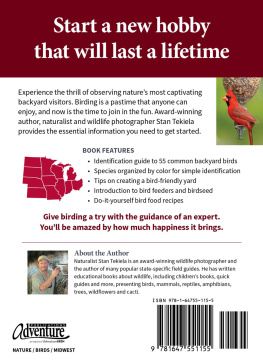
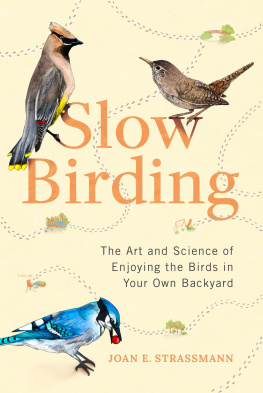
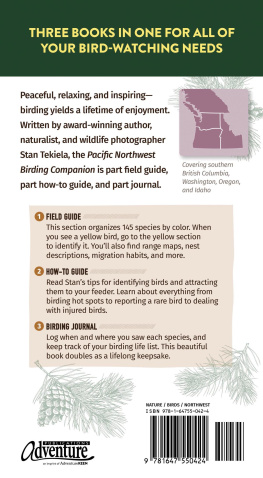
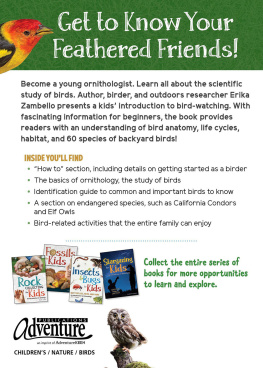
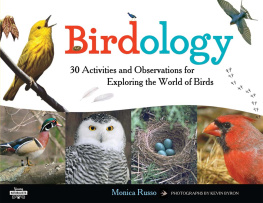

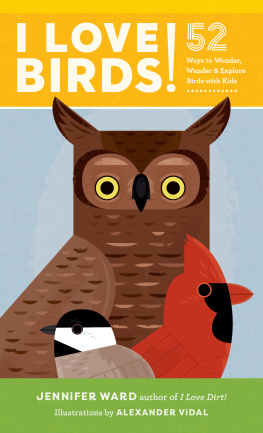
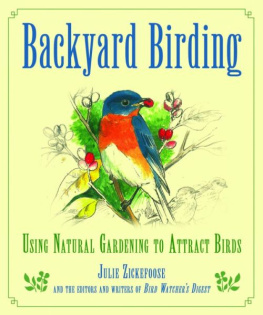
 Promote nontoxic ammunition (e.g., copper bullets) and non-lead fishing tackle.
Promote nontoxic ammunition (e.g., copper bullets) and non-lead fishing tackle.